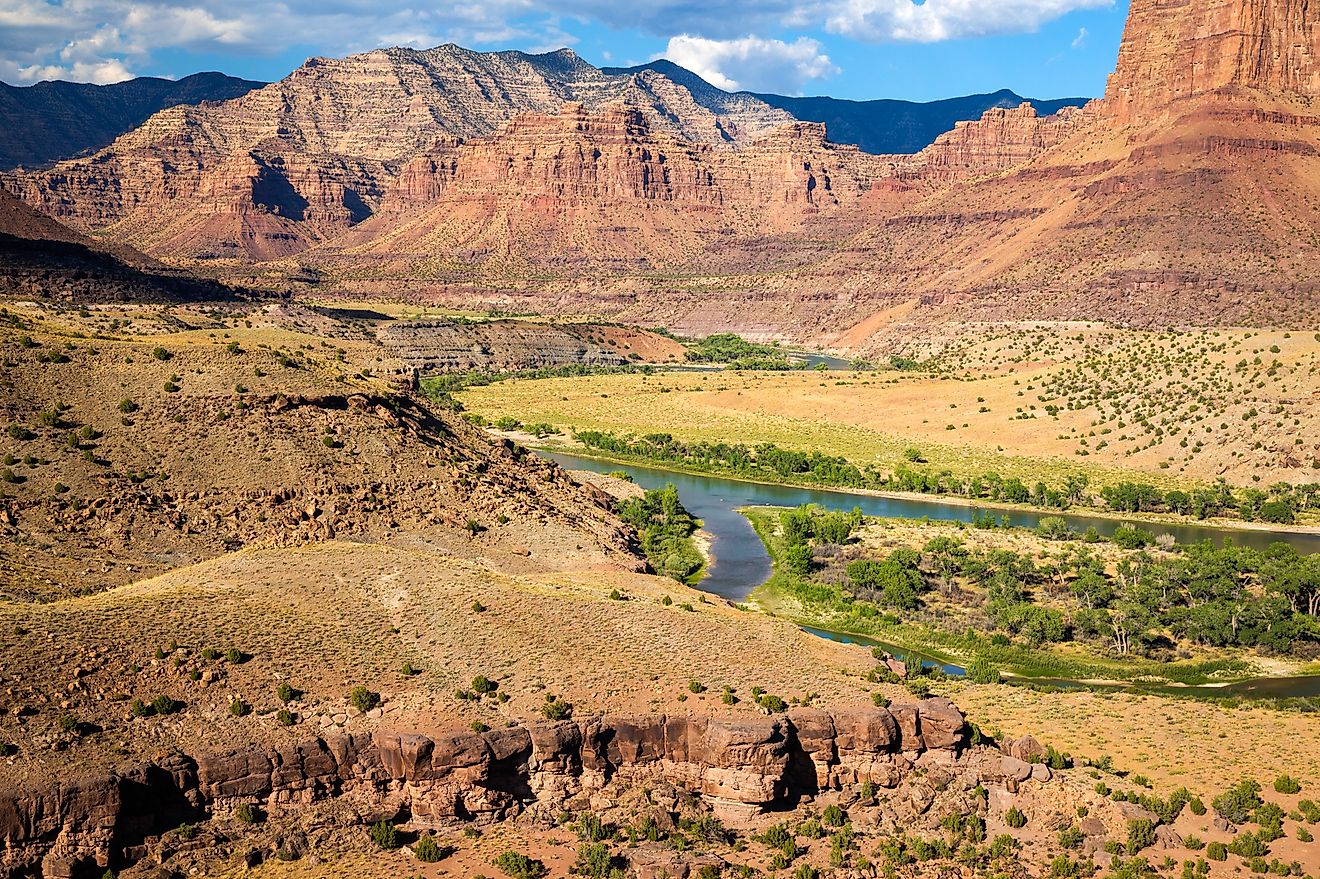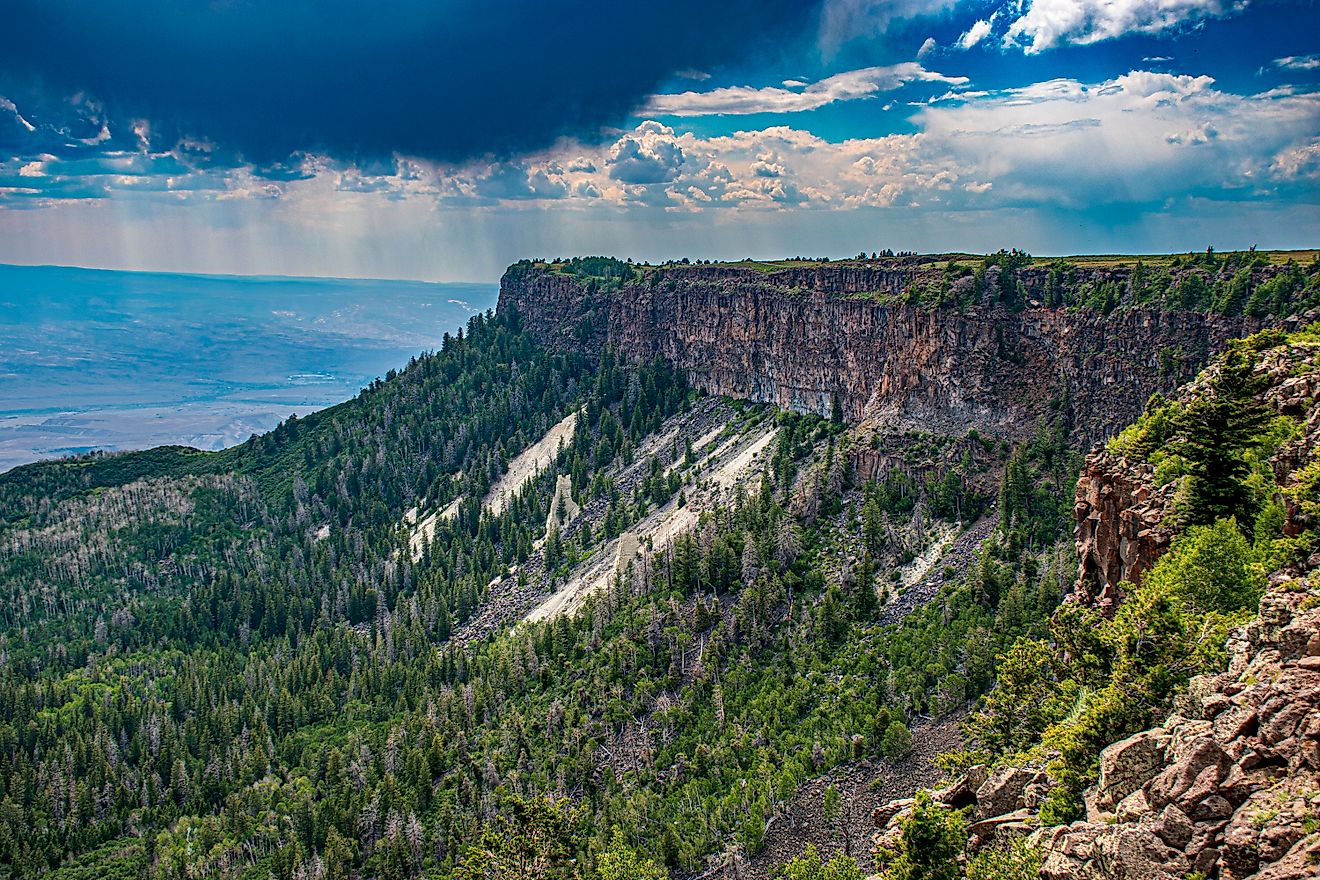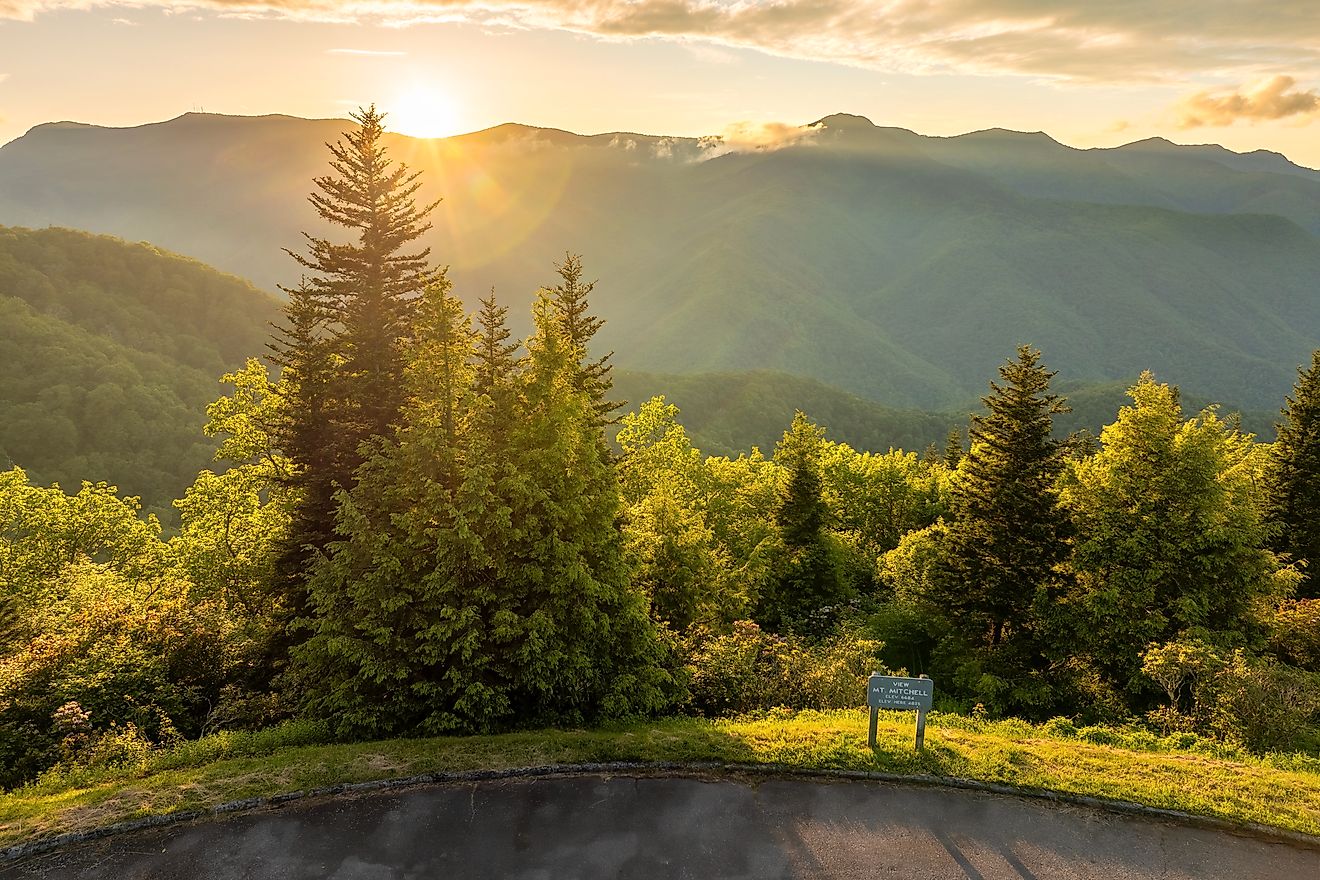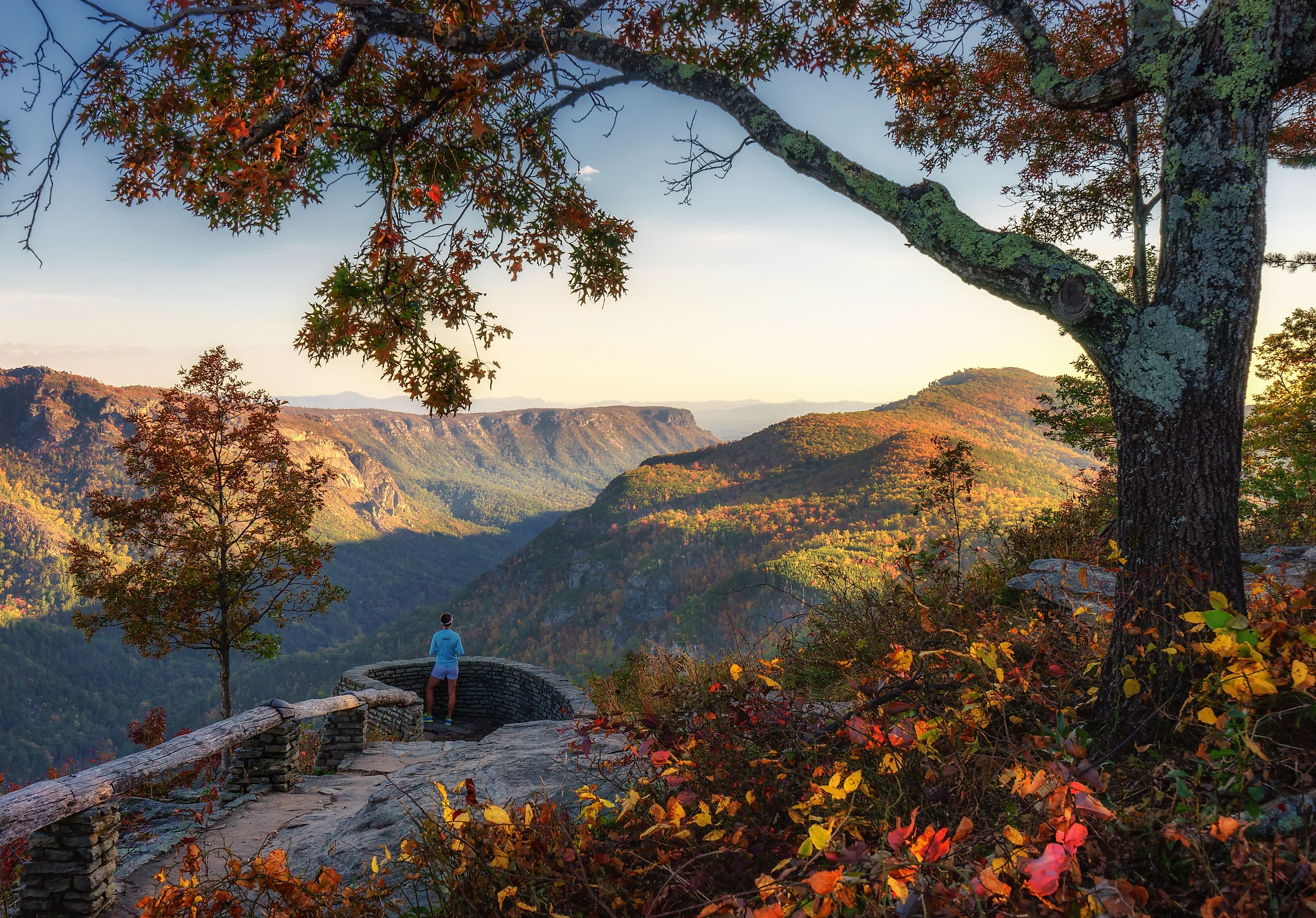
Linville Gorge: The Grand Canyon of the Southern Appalachians
Tucked deep within the Blue Ridge Mountains of North Carolina lies a geological marvel that stuns with its raw beauty and dramatic elevation shifts. Linville Gorge, often called the "Grand Canyon of the East," is one of the deepest and most rugged gorges in the eastern United States. Spanning over 12,000 acres of remote wilderness and plunging more than 2,000 feet from ridge to river, this awe-inspiring landscape draws in hikers, rock climbers, nature lovers, and curious travelers year-round.
Fed by the Linville River, which begins high atop Grandfather Mountain, the gorge is a protected part of the Pisgah National Forest. Its headwaters plunge through a spectacular waterfall (Linville Falls) before cutting through steep cliffs, narrow chasms, and wild forests on a 12-mile journey into the Catawba Valley. With panoramic overlooks, deep forests spared from logging, and wildlife-filled habitats, Linville Gorge offers an Appalachian experience like no other.
The Formation and Geology of Linville Gorge

Linville Gorge owes its dramatic topography to millions of years of erosion and uplift. The Linville River, which carved the gorge, continues to shape the landscape today. The river’s force, especially during heavy rains, erodes rock walls and sends boulders crashing downstream, slowly deepening the canyon floor.
The gorge walls expose ancient metamorphic rocks, including gneiss and quartzite, some of the oldest geologic formations in the region. Vertical cliffs and sharp ridgelines dominate the terrain, giving hikers and rock climbers access to some of the most dramatic natural scenery in the Southeast.
Linville Falls: The Gorge’s Spectacular Gateway

Linville Falls, one of the most visited attractions on the Blue Ridge Parkway, serves as the dramatic entry point into the gorge. The waterfall drops a total of 90 feet in multiple tiers, beginning with twin upper falls that converge and spill into a narrow canyon before making a final 45-foot plunge into a deep pool below.
This waterfall boasts the highest volume of any on the northern edge of the Blue Ridge Mountains. Over the years, natural events have reshaped its appearance. Flooding in the past caused the upper tier to collapse, making the final drop even more dramatic.
The site holds historical significance as well. In 1928, a man named Charles W. Davis rescued a drowning woman from the falls, an act so heroic it was later recognized by the Carnegie Hero Fund Commission. He navigated treacherous ledges, freezing water, and strong undercurrents to save her life—an extraordinary tale that adds to the legacy of this wild and unpredictable place.
In 1952, John D. Rockefeller Jr. helped preserve the area by donating funds to purchase 1,100 acres surrounding the falls and part of the gorge itself. Today, the National Park Service manages the site, ensuring it remains open to the public and protected for generations to come.
Visitor Access and Overlooks
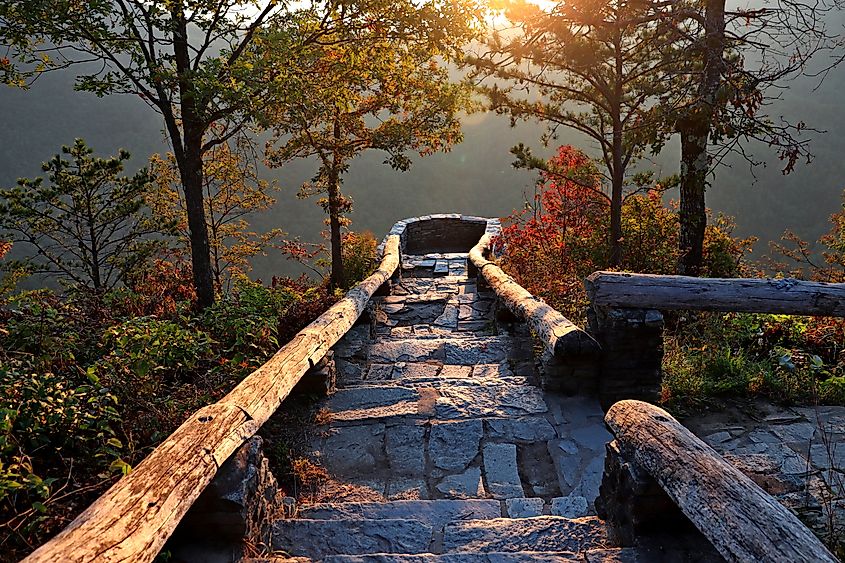
The Linville Falls Visitor Center, located just off the Blue Ridge Parkway at Milepost 316, serves as the jumping-off point for several hiking trails that offer varying perspectives of the waterfall and gorge.
Popular Trails and Overlooks
-
Upper Falls Trail (0.5 miles): Leads to the top of the falls and the twin upper cascades.
-
Chimney View Overlook (0.7 miles): Offers a side view of the main waterfall drop.
-
Erwin’s View Trail (0.8 miles): A scenic route culminating in a panoramic view of both Linville Falls and the upper portion of Linville Gorge.
-
Plunge Basin Trail (0.5 miles): Takes hikers to an overlook on the opposite side of the river.
-
Gorge Trail (0.7 miles): Extends from the Plunge Basin Trail to near the base of the falls.
These trails are not handicap-accessible, and visitors should be prepared for uneven surfaces and elevation changes. Swimming at the upper falls is illegal and extremely dangerous due to powerful currents. However, downstream sections of the river can be safe for wading or swimming under normal conditions.
Hiking and Backpacking in the Gorge
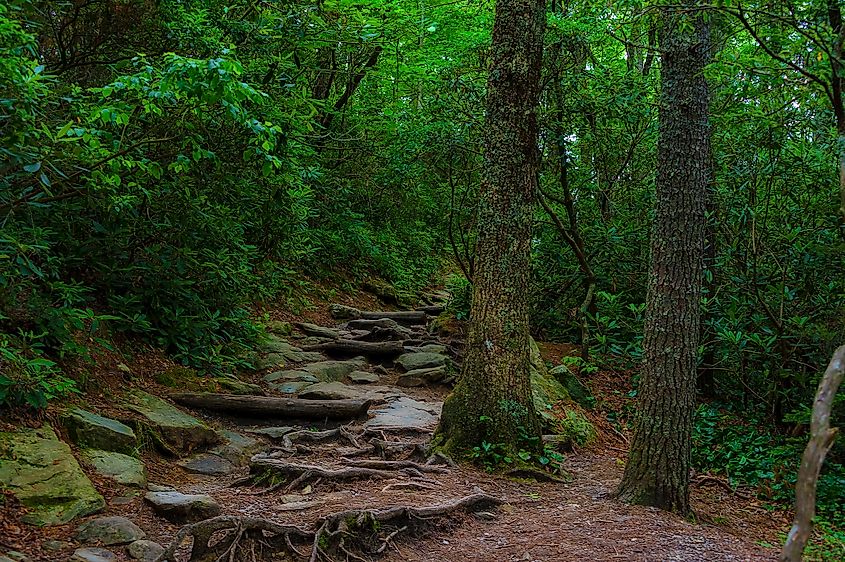
Beyond the falls, Linville Gorge transforms into one of the most challenging wilderness areas in the eastern United States. The Linville Gorge Wilderness Area was among the first to be protected under the Wilderness Act of 1964 and is now part of the Pisgah National Forest. Its rugged topography prevented widespread logging during the early 20th century, preserving some of the last remaining old-growth forests in the southern Appalachians.
Trail System Overview
The gorge offers over 39 miles of maintained and unmaintained trails, many of which drop steeply from the rim to the canyon floor. The main trail along the river is the Linville Gorge Trail, which runs the length of the gorge and connects with several access points along both the east and west rims.
Notable Trailheads and Destinations
-
Table Rock Mountain: One of the region’s premier rock climbing destinations.
-
Shortoff Mountain: Offers sweeping views of the gorge’s southern end and Lake James.
-
Spence Ridge Trail: A steep descent to the river, popular for backcountry camping.
Because of the terrain’s difficulty and remote nature, overnight trips require advanced planning. Campers need to secure a free wilderness permit for weekends and holidays during peak seasons. Visitors are encouraged to use topographic maps, GPS, and caution when exploring deep into the gorge.
The Appalachian Trail Connection
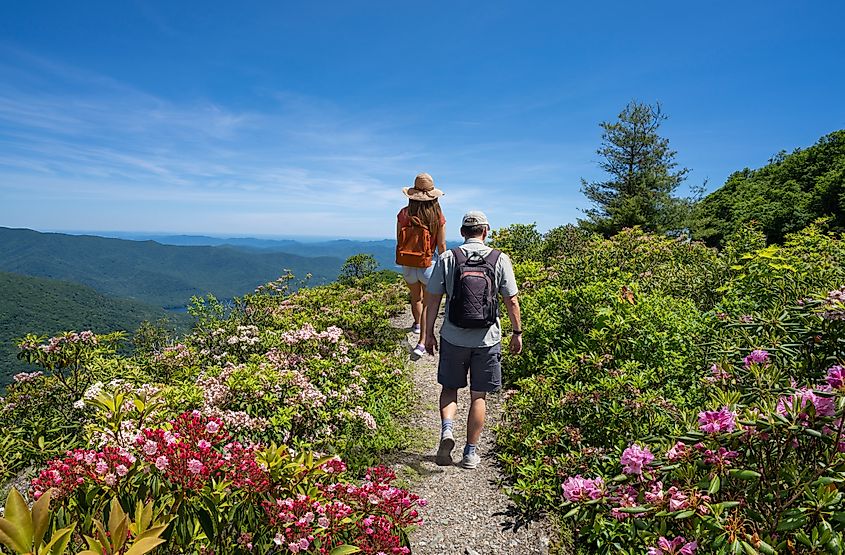
Although the Appalachian Trail does not pass directly through Linville Gorge, the gorge sits just west of the trail’s route through North Carolina. Many long-distance hikers detour to visit Linville Falls and the gorge as part of extended hikes in the Pisgah National Forest. Nearby sections of the Appalachian Trail offer similarly stunning views, making the region a hub for both day hikers and thru-hikers seeking side adventures.
Biodiversity and Plant Life
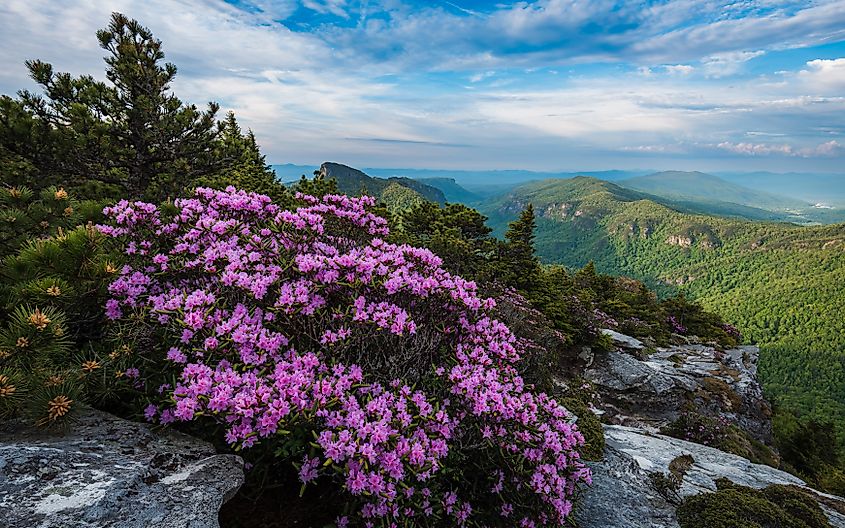
Linville Gorge is home to an exceptional variety of plant species. Thanks to the gorge’s microclimates and lack of past deforestation, it supports a healthy and diverse forest. This includes some of the few areas in the southern Appalachians where Rosebay, Catawba, and Carolina rhododendrons grow side by side. In spring and early summer, these flowers blanket the hillsides in shades of pink and white, creating a breathtaking scene for visitors.
Other native species include mountain laurel, flame azalea, and yellow poplar. Old-growth hemlocks can still be found deep within the gorge, although many have been threatened in recent years by the invasive hemlock woolly adelgid.
Wildlife in the Wilderness

The Linville Gorge Wilderness is a vital sanctuary for Appalachian wildlife. Whitetail deer, black bears, wild turkeys, and raccoons are frequently seen, particularly in early morning and late evening. The area also supports a healthy population of bobcats, foxes, and coyotes, although they are more elusive.
Birdlife is abundant, with ruffed grouse, pileated woodpeckers, and a variety of songbirds filling the canopy. Raptors such as red-tailed hawks and peregrine falcons often soar above the cliffs, scanning for prey. Anglers can find trout in the Linville River, but fishing requires a permit and is subject to seasonal regulations.
Climbing, Photography, and Other Activities
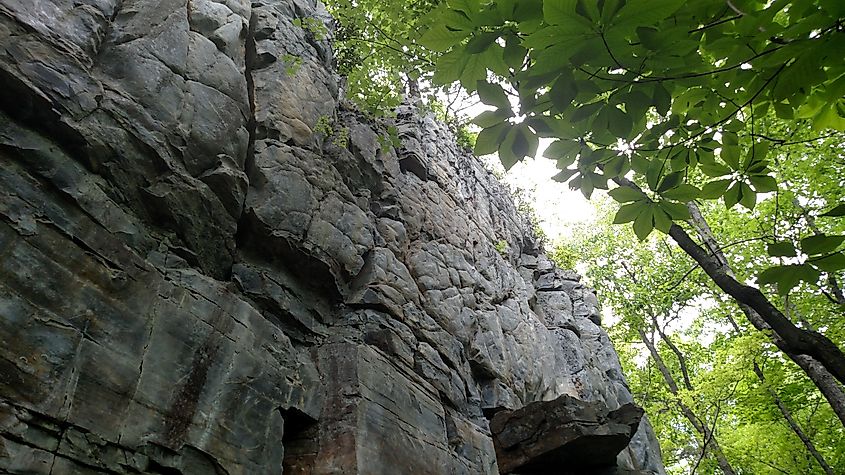
Linville Gorge is a popular destination for rock climbers, especially around Table Rock and Shortoff Mountain. These areas offer traditional climbing routes with stunning backdrops of vertical cliffs and forested valleys.
Photographers are drawn to the gorge for its moody fog, dramatic light, and seasonal colors. Fall is a particularly spectacular time to visit, when the hardwood forests turn vivid shades of red, orange, and gold.
Because of its protected status, motorized vehicles, bikes, and mechanized tools are not allowed within the wilderness area. Leave No Trace principles are strongly encouraged to preserve this pristine environment.
Tips for Visiting Linville Gorge
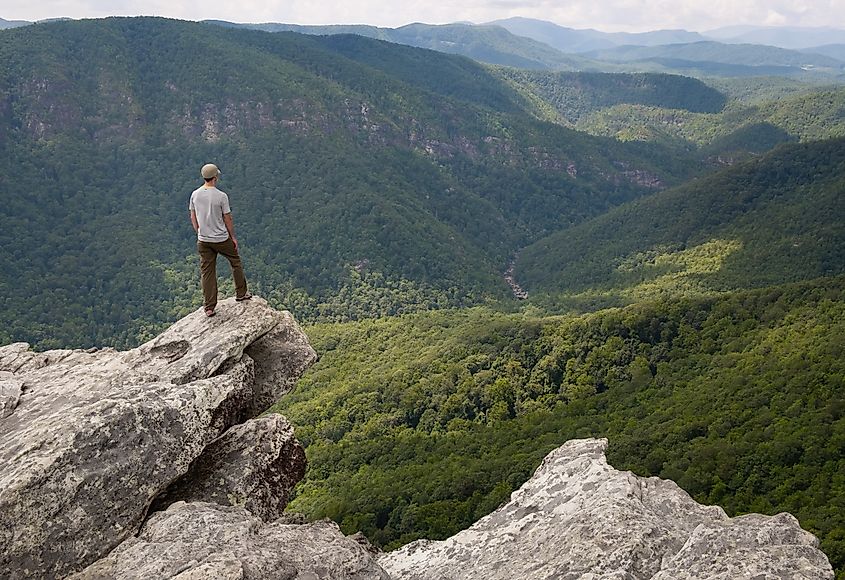
-
Best Time to Visit: Spring for rhododendron blooms, fall for foliage, and winter for clear views with less crowds.
-
Permits: Required for overnight stays on weekends and holidays from May through October.
-
Access: The easiest entry point is via the Linville Falls Visitor Center off the Blue Ridge Parkway. Other trailheads like Wolf Pit and Table Rock provide access to different parts of the gorge.
-
Weather: Conditions can change rapidly. Bring rain gear and layered clothing.
-
Cell Service: Limited to nonexistent in the gorge. Plan accordingly.
A Wild Treasure in the Blue Ridge
Linville Gorge stands as one of North Carolina’s most extraordinary natural wonders. From the thundering Linville Falls to the untamed depths of the canyon itself, the gorge is both a playground for outdoor adventure and a refuge for Appalachian biodiversity. Its remote terrain and protected wilderness status offer a rare opportunity to step back into a wilder version of the eastern United States.
Whether you're peering into the gorge from an overlook, hiking to the river below, or simply watching the sunset from Table Rock, Linville Gorge offers a deep and lasting connection to the land. For those seeking solitude, challenge, or inspiration, this untamed canyon delivers.



